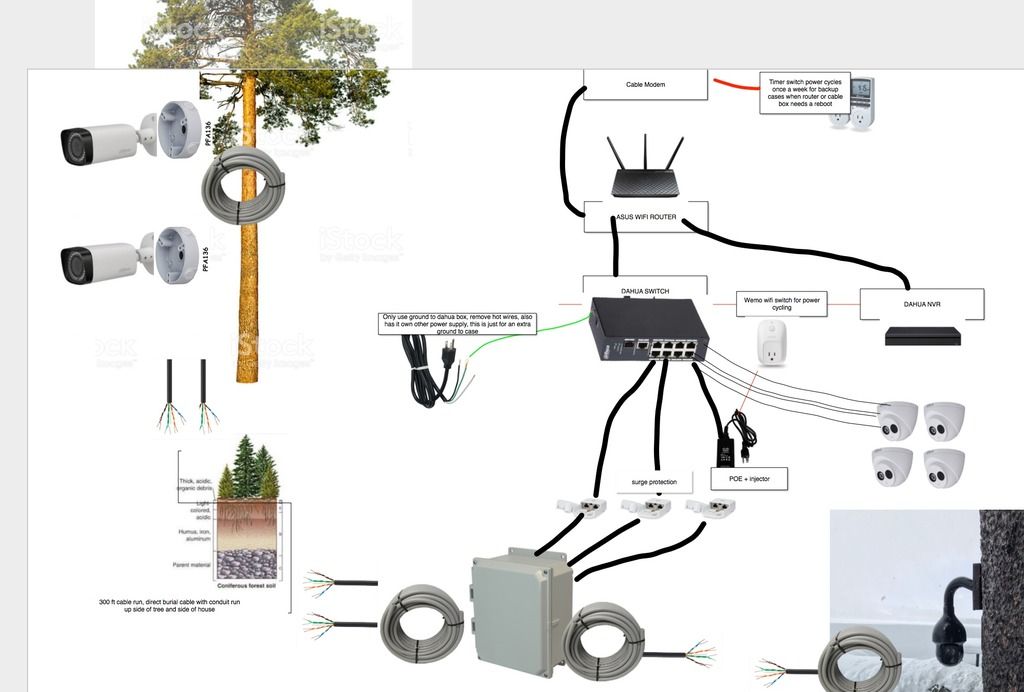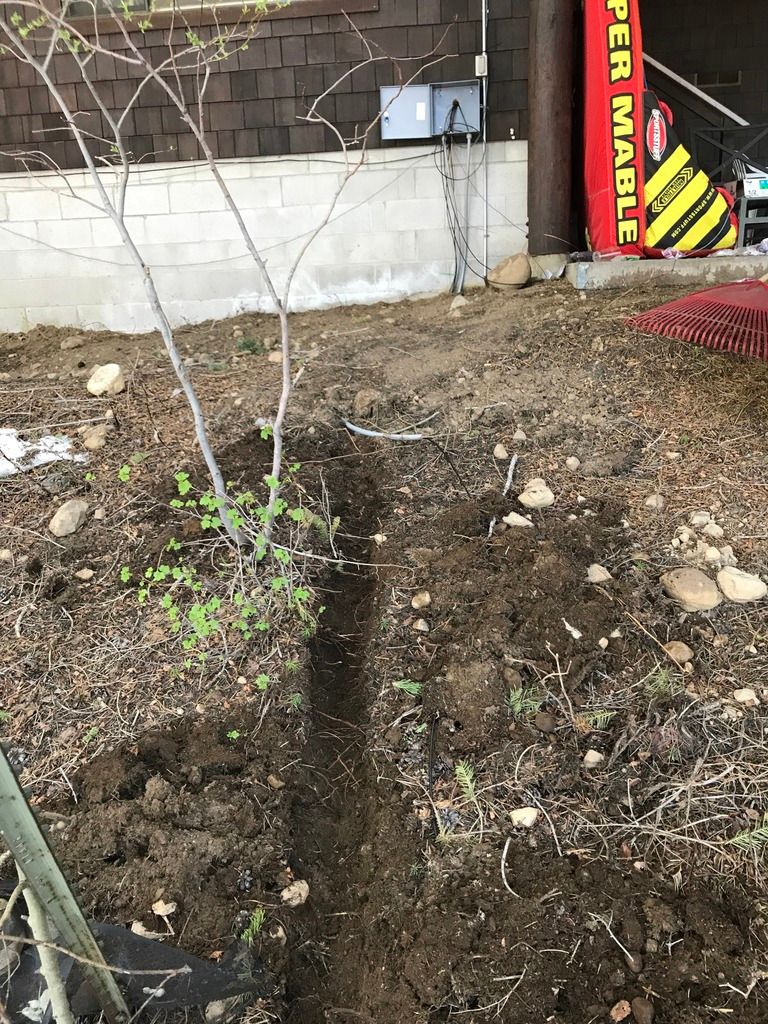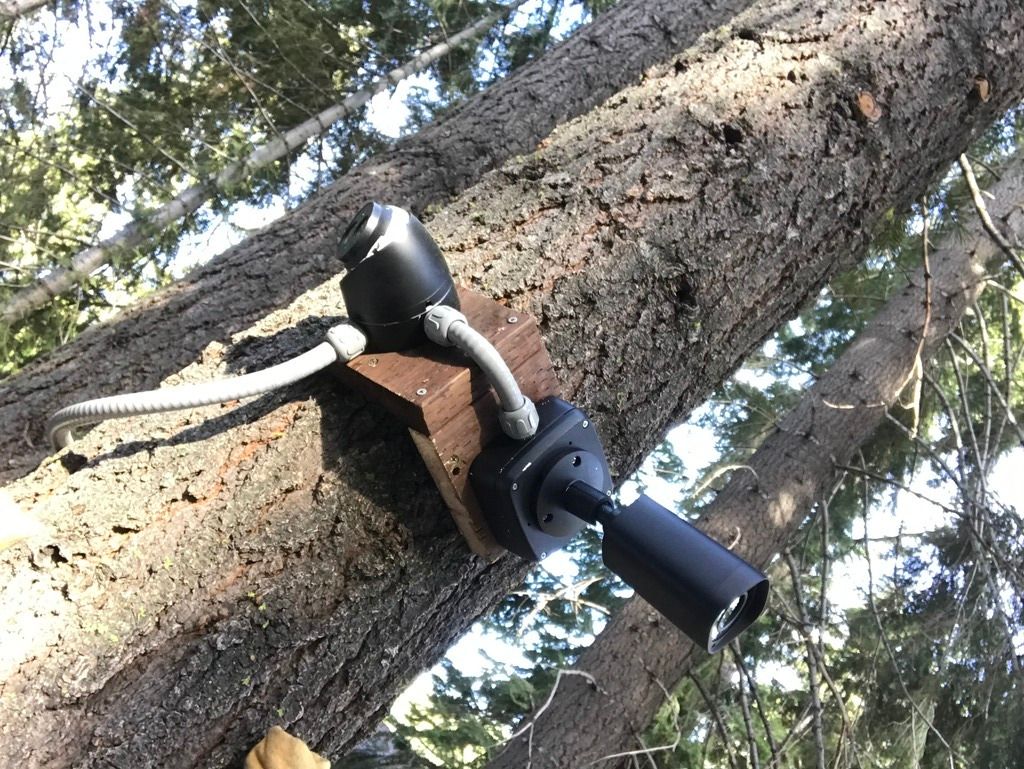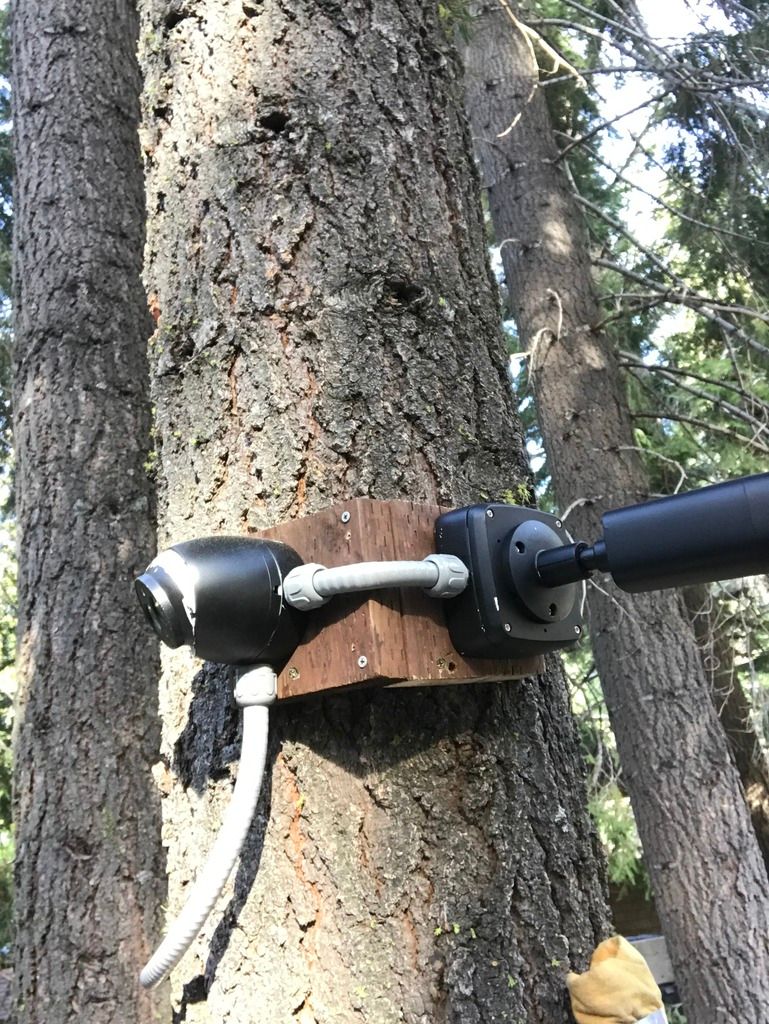CaliGirl
Getting comfortable
Now that winter is over I am working to properly install my system and add conduit to protect the cat 5 wires.
I'm having a hard time finding an electrical box, that is also water proof for the side of the house. Basically, this box will need to accept 4 flex conduits from the ground, then have a hole in the rear of the box, a rubber gasket to press against the side shingles of the house, where there is a hole. Sim cat5e cables will enter the house at this location.
1. I'd like the box to be mostly waterproof or at least keep spiders from crawling into the house via this box.
2. I'd prefer that the box have a lock, to prevent tampering.
3. I'd like to buy via amazon or ebay or local if able.
4. I can cut out the rear of the box to match the hole on the house and add my own gasket between the wood shingles and the box. But the box should have cut outs to accept 4 conduit pipes.
Any ideas or links?
This was my top pick, but not sure: Arlington EB1212-1 Electronic Equipment Enclosure Box, 12" x 12" x 4", Non-Metallic, 1-Pack - Switch And Outlet Plates - Amazon.com
This was my second pick but doesn't look water resistant at all: Arlington EB1212-1 Electronic Equipment Enclosure Box, 12" x 12" x 4", Non-Metallic, 1-Pack - Switch And Outlet Plates - Amazon.com
This was my third pick but I don't see conduit cut outs: BUD Industries NBF-32016 Plastic ABS NEMA Economy Box with Solid Door, 11-51/64" Length x 7-55/64" Width x 5-7/64" Height, Light Gray Finish: Electrical Boxes: Amazon.com: Industrial & Scientific
I'm having a hard time finding an electrical box, that is also water proof for the side of the house. Basically, this box will need to accept 4 flex conduits from the ground, then have a hole in the rear of the box, a rubber gasket to press against the side shingles of the house, where there is a hole. Sim cat5e cables will enter the house at this location.
1. I'd like the box to be mostly waterproof or at least keep spiders from crawling into the house via this box.
2. I'd prefer that the box have a lock, to prevent tampering.
3. I'd like to buy via amazon or ebay or local if able.
4. I can cut out the rear of the box to match the hole on the house and add my own gasket between the wood shingles and the box. But the box should have cut outs to accept 4 conduit pipes.
Any ideas or links?
This was my top pick, but not sure: Arlington EB1212-1 Electronic Equipment Enclosure Box, 12" x 12" x 4", Non-Metallic, 1-Pack - Switch And Outlet Plates - Amazon.com
This was my second pick but doesn't look water resistant at all: Arlington EB1212-1 Electronic Equipment Enclosure Box, 12" x 12" x 4", Non-Metallic, 1-Pack - Switch And Outlet Plates - Amazon.com
This was my third pick but I don't see conduit cut outs: BUD Industries NBF-32016 Plastic ABS NEMA Economy Box with Solid Door, 11-51/64" Length x 7-55/64" Width x 5-7/64" Height, Light Gray Finish: Electrical Boxes: Amazon.com: Industrial & Scientific
Attachments
-
67.4 KB Views: 167
As an Amazon Associate IPCamTalk earns from qualifying purchases.





